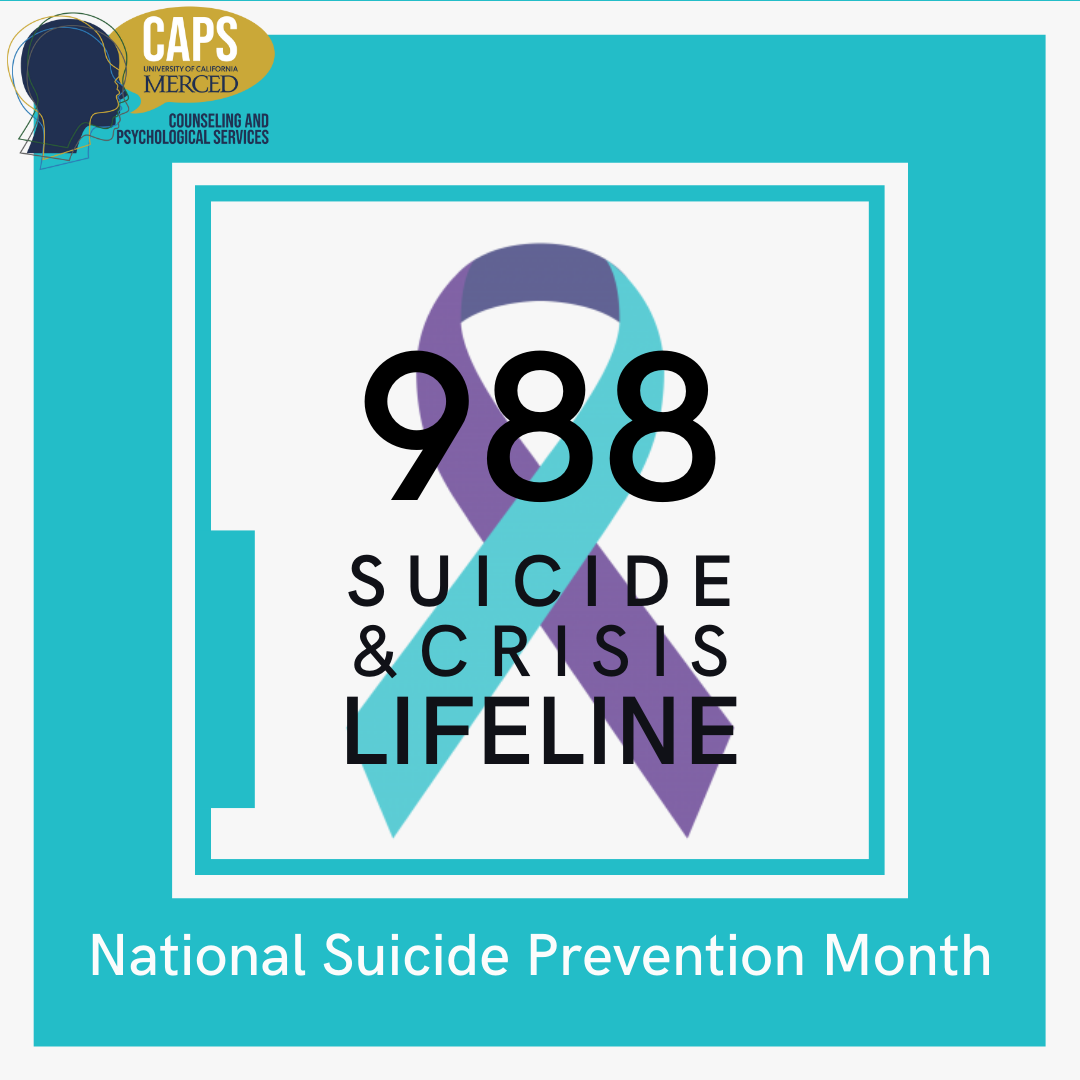Are you a trusted adult to your child or someone’s child in your life? What are the characteristics of a trusted adult?
Trusted adults are viewed by children or adolescents as a safe figure that listens without judgment, agenda or expectation, but with the sole purpose of supporting and encouraging positivity within a young person’s life.
Today’s youth identify a trusted adult as someone who is willing to listen and engage, rather than lecture and give orders. Young adults are interested in having open conversations about mental health, social media, bullying and sharing their own experiences.
Other qualities young adults seek in a trusted adult include patience, consistency, respectfulness, honesty, kindness, attentiveness, trustworthiness, lightheartedness, open-mindedness, non-judgment and knowledgeability.
The criteria youth set today for a trusted adult may be challenging if you are a parent. Oftentimes, as a parent, it may be difficult to sit back, listen and not provide a lecture depending on the age of the child. The seeds for a parent becoming a trusted adult are planted at a young age.
As a parent, are you more willing to listen to your young child to discuss their feelings and experiences or are you more authoritative? Do you listen intently and ask questions so the child figures out how to move forward or do you solve the problem for your child so you can move forward?
A trusted adult can be any grown-up whose actions and words make a child feel safe – a teacher, mentor, parent or coach. Anyone who loves and respects a child.
When and how to talk to a trusted adult?
There are many reasons why an adolescent might want to talk to a trusted adult. When you are faced with making important decisions, are trying to navigate complicated interactions, or when you are trying to figure out how you feel about a situation that is complex or unfamiliar it can help to talk it through with someone you trust to listen, to give guidance and to do so without judgment. If you have an experience that causes you to feel unsafe physically, emotionally or socially, you should reach out to a trusted adult. Any time that you notice a pattern in your life that seems unhealthy or is not leading to the type of life you want to live, find a trusted adult and tell them about it.
When reaching out to speak with a trusted adult, here are a few tips to remember:
- Choose someone you feel safe with.
- Plan what you want to say.
- Make sure it’s a good time to talk and that they are not distracted.
- You have control over how much you tell someone – you don’t have to say everything If you do not want to.
Adolescents should try to include people in their safety network. That way, when a problem arises there are several people they can turn to for advice, a different perspective and support. Sometimes, children might feel better talking to trusted adults who are not their parents. Parents need to recognize this, not feel threatened by it, and help their children to identify who the trustworthy adults in their life are.
Why is it important to have a trusted adult?
When a person has trust in another person, that involves a degree of vulnerability. It means risking the possibility that the person might not follow through with promises made, that they might give bad advice or respond in a way that is not supportive. Opening up to share your feelings, fears and mistakes with another person is uncomfortable, but can be totally worth it if that person shows compassion, shares wisdom and listens respectfully.
Trusted adults can offer the kind of practical support that many children and young people need to succeed at school. For many young people, having a trusted adult to help them with their reading or finding materials for a school assignment can make all the difference.
What is the responsibility of a trusted adult?
Being a good listener, using silence to give a young person space to open up and guide the conversations. Prioritizing honesty, asking hard questions when necessary and being vulnerable with young people. Being reliable, through making yourself available to young people and engaging with them in a consistent way.
As your children transition through different stages of growing up, the relationship will change and grow. As a parent, you will go from setting the rules, to guiding your child through adolescence to eventually being able to listen non-judgmentally so they will come to you with tough teenage/young adult challenges – friends, experimenting with substances, questions surrounding the loss of a significant other to struggles in adulthood at college or a job.
For many parents, the challenge of being a trusted adult is great because it is very different from what they experienced growing up. The world today is full of challenges and dilemmas. Parents can rest easier knowing that their children have trusted adults to guide and support them along the way.
Dan Mucci is the author of this blog post. C&A’s Trauma Lead Specialist Mary Kreitz contributed to this post. Mucci, C&A’s Mission Advancement Director, has 30 years of writing experience. To learn more about the services the agency offers, visit www.childandadolescent.org, call 330.433.6075 or email dmucci@childandadolescent.org.
RECENT POSTS












